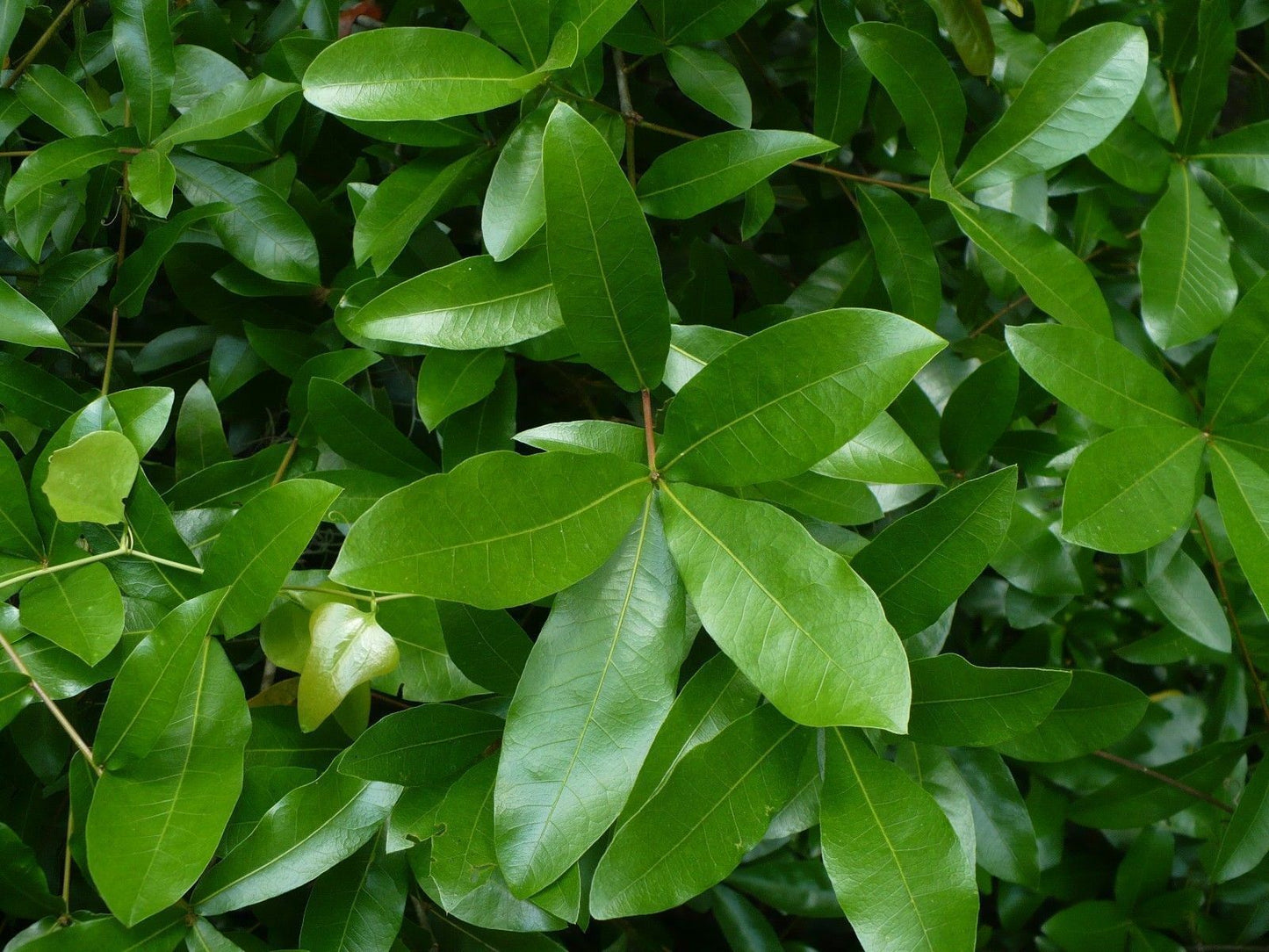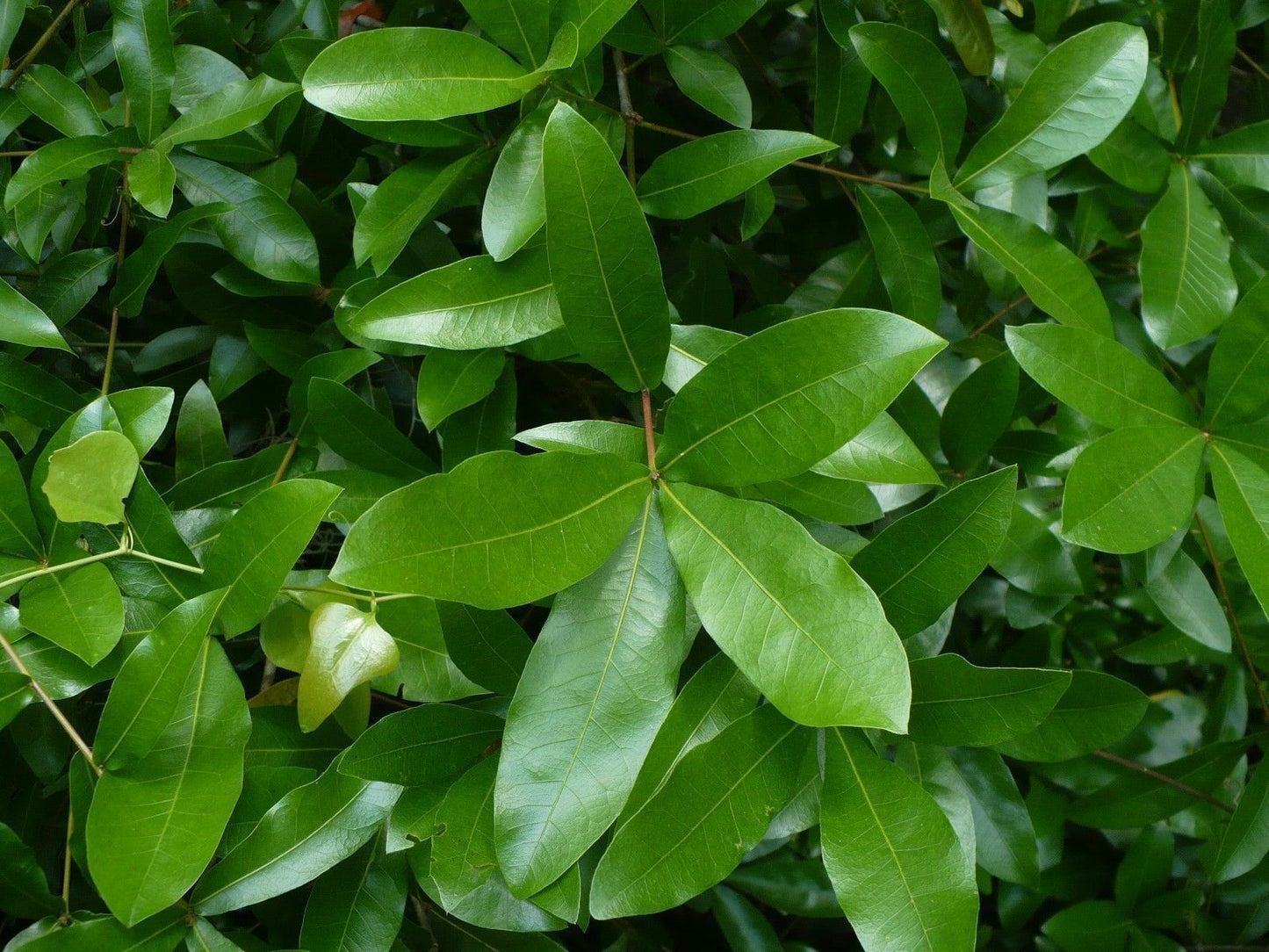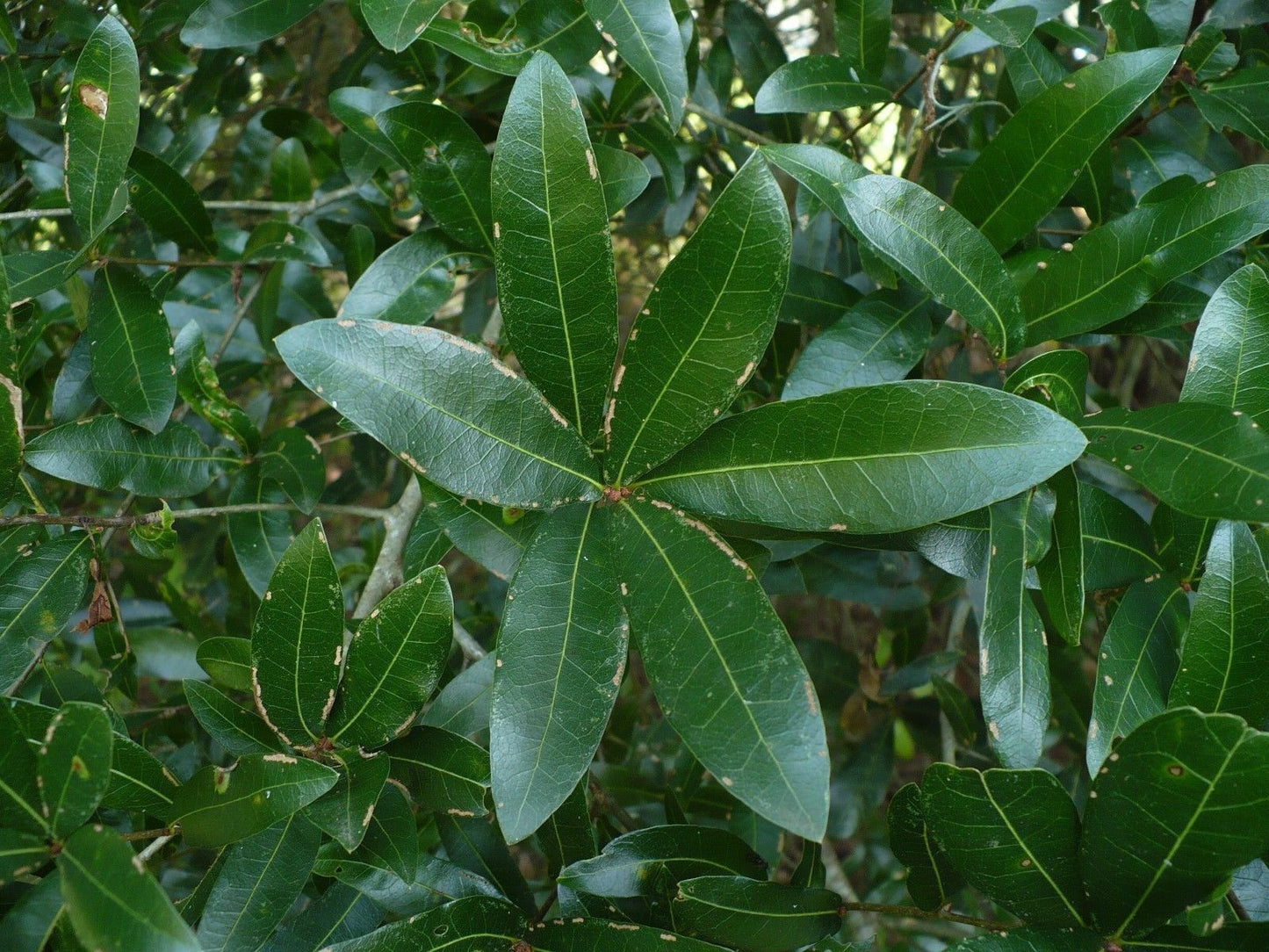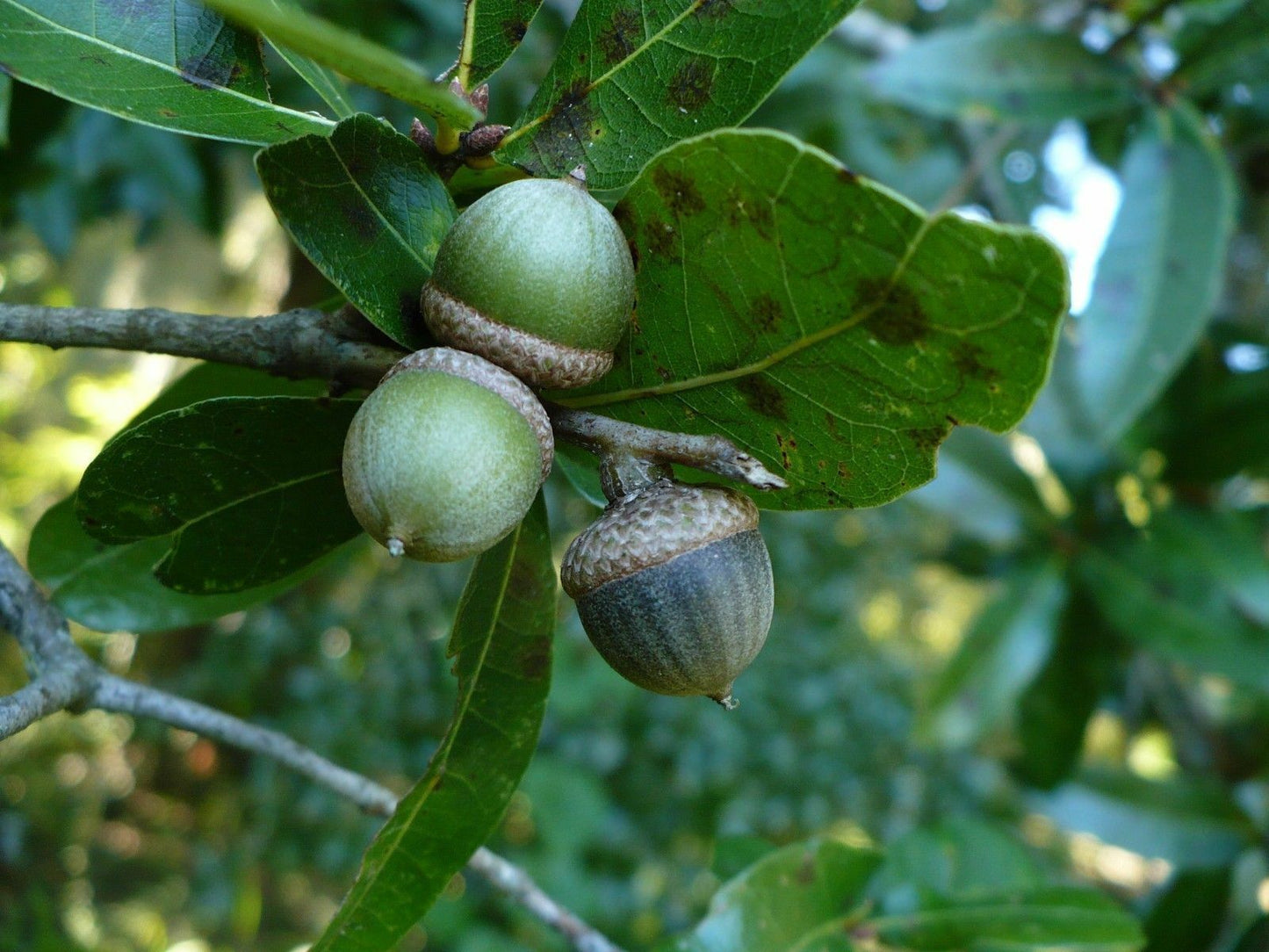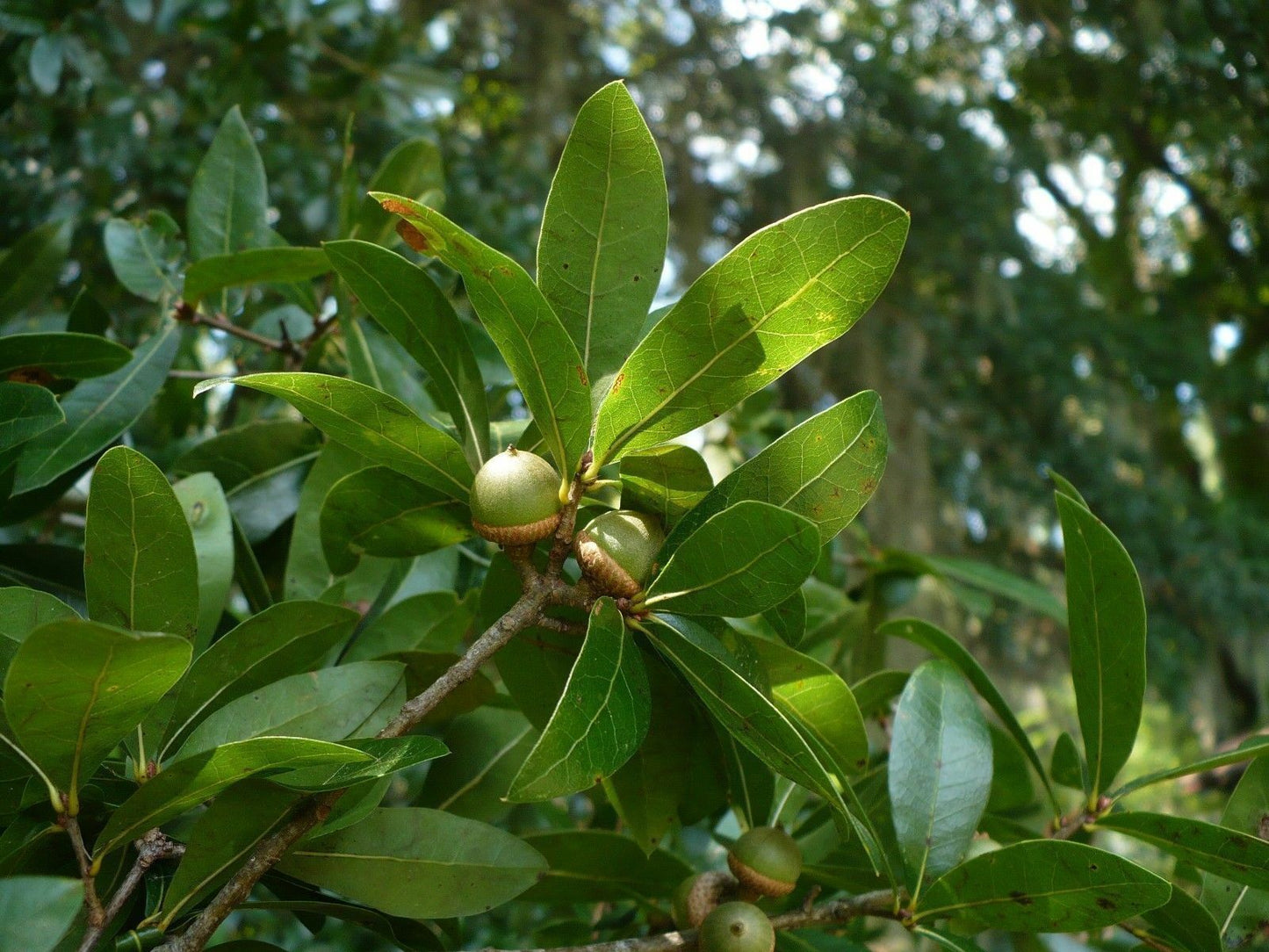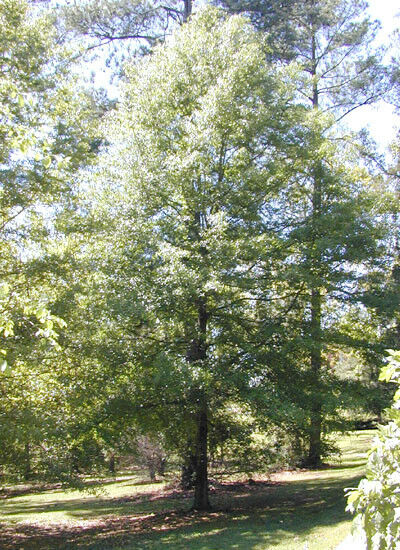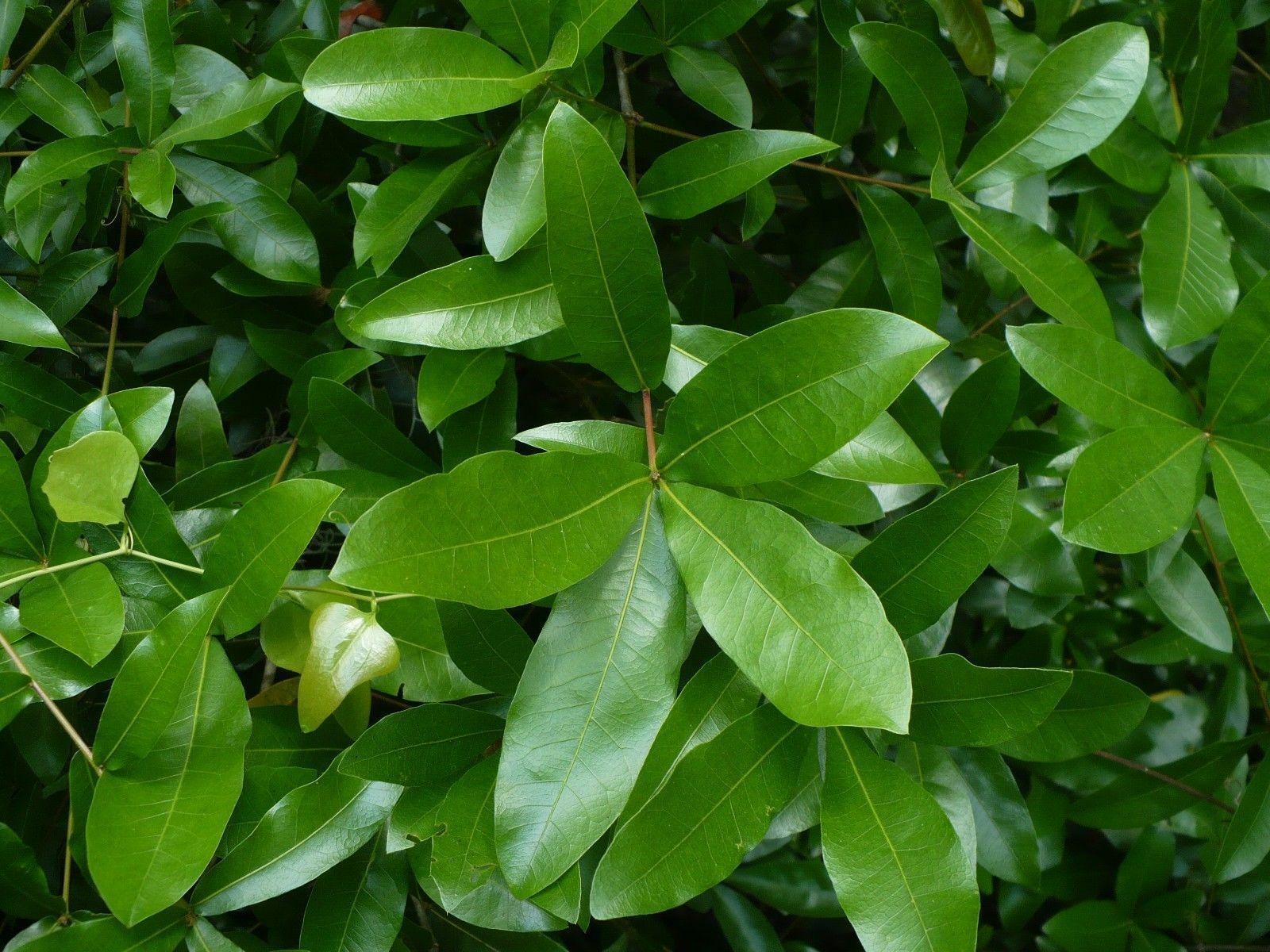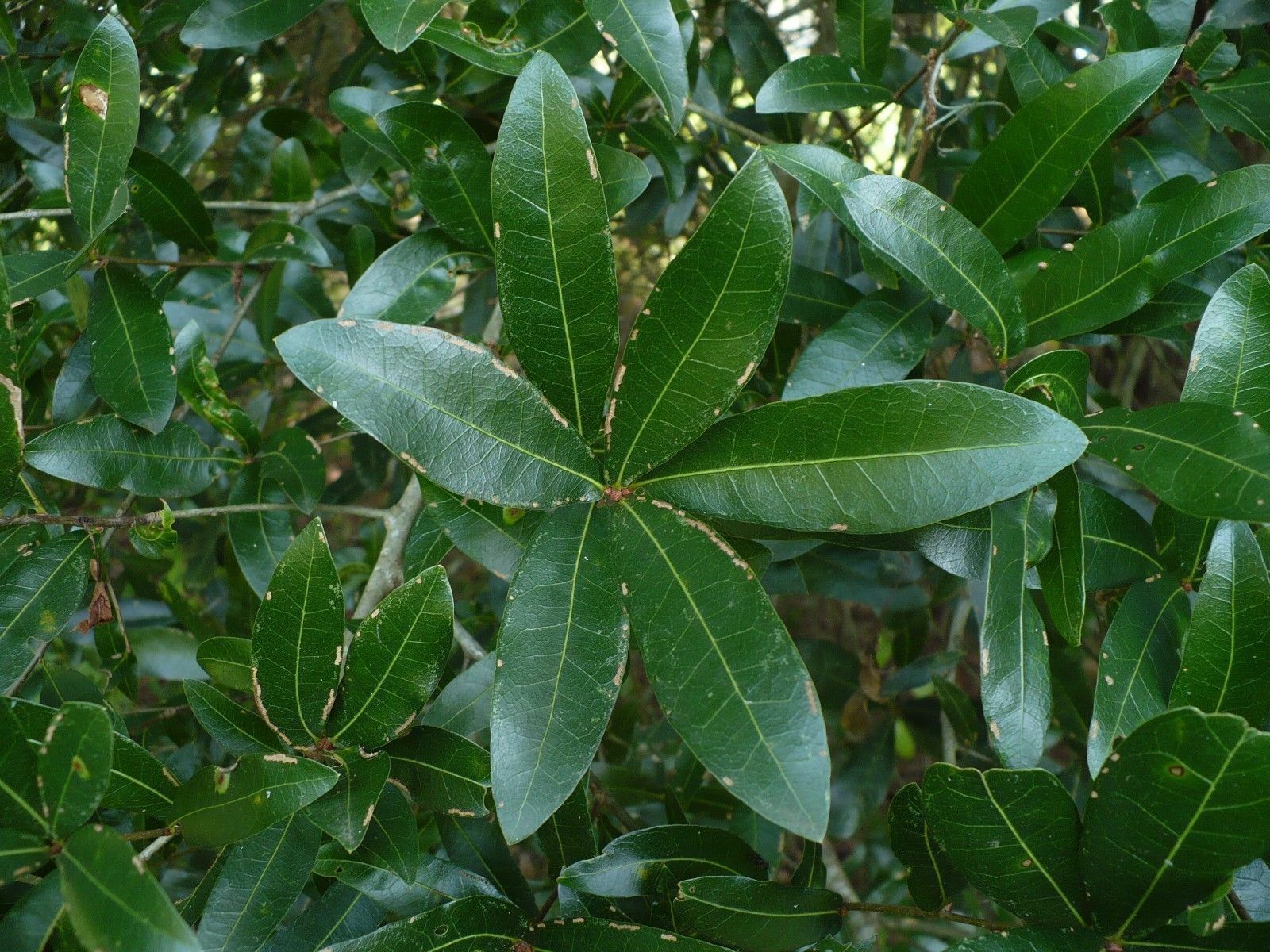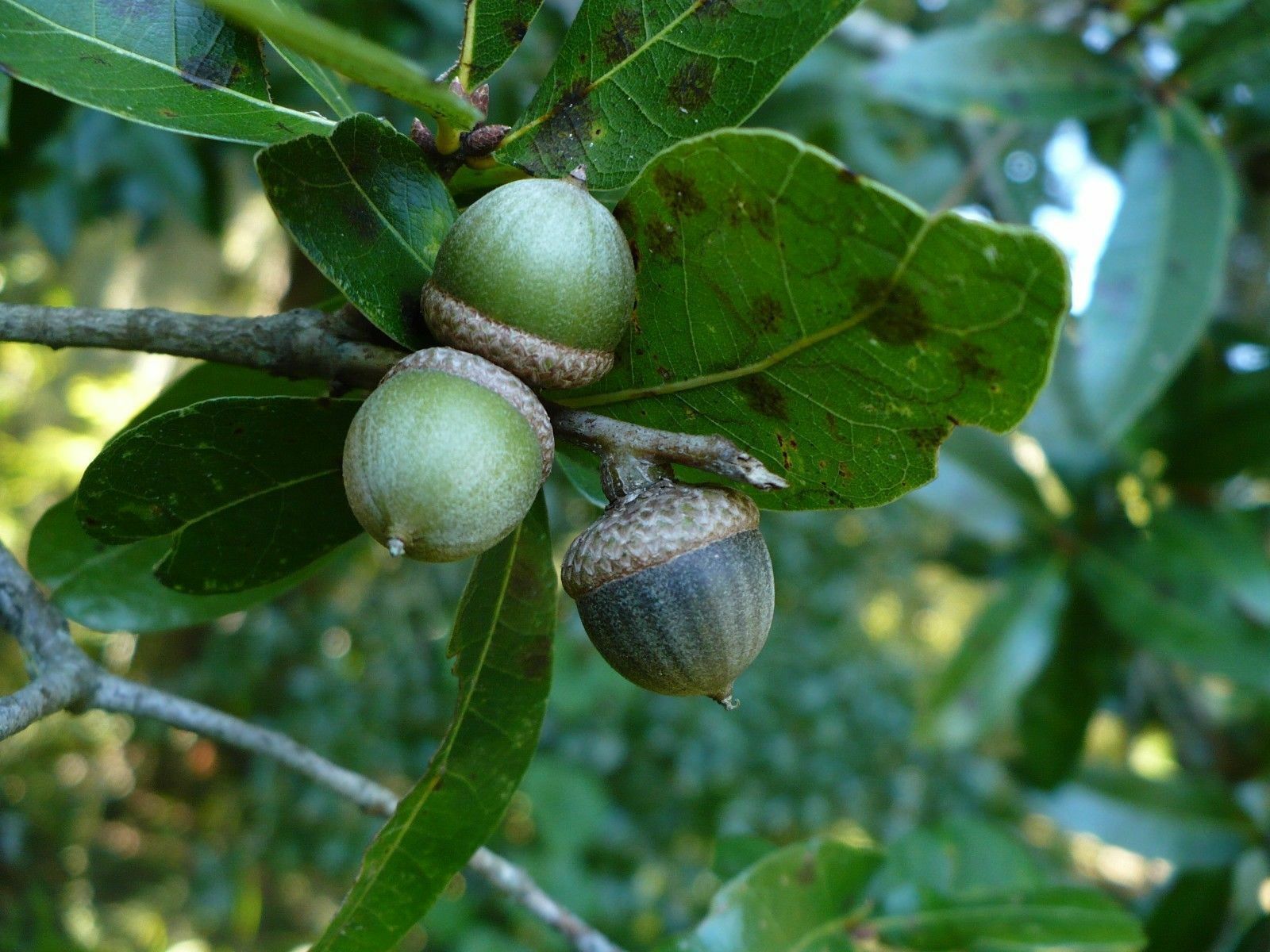Floridaseeds
Laurel Oak Quercus laurifolia 20 Seeds USA Company
Laurel Oak Quercus laurifolia 20 Seeds USA Company
Couldn't load pickup availability
SHIPPING AND DELIVERY 2-5 DAYS
The seeds are collected fresh from the trees and are stored in a refrigerator to ensure viability. They are float tested to remove non-viable seeds so that all of the seeds should be viable.
Quercus laurifolia, commonly called laurel oak, is a medium sized, mostly deciduous oak of the red oak group that typically grows to 40-60’ (less frequently to 100’) tall with a broad, rounded crown. Scaly, gray trunk to 3-4’ diameter. It is native to coastal plains and Piedmont from Virginia to Florida west to Texas, most frequently being found in low woods, swamp margins and along streams and rivers. Insignificant monoecious yellowish-green flowers in separate male and female catkins appear in spring as the leaves emerge. Fruits are rounded acorns (to 1” long), with shallow cups that extend to approximately 1/4 the acorn length. The acorns do not ripen until fall of the second year, as is the case with most oaks in the red oak group. Acorns are an important source of food for wildlife. Narrow, elliptic to oblong, mostly smooth-margined, leathery, glossy dark green leaves (2-4” long) are pale green beneath. Leaves are semi-evergreen (remain green throughout the fall and most of the winter) in warm coastal climates, but are deciduous further north. Best grown in rich, humusy, acidic, medium to wet, well-drained soils in full sun. Adapts to a wide range of soils including poorly-drained wet clays. A medium shade tree for large lawns or parks. Not recommended for the St. Louis area where it is marginally winter hardy.
Growing Instructions
The seeds have only a mild dormancy and can be planted without a stratification period.
1. Put a mixture of potting soil and sand, perlite or vermiculite in a pot. Use pots with a drainage hole in the base.
2. Sow the seeds on the soil.
3. Cover the seeds with a thin layer of soil.
4. Water the seeds. Keep the soil moist but not wet.
5. When the seedlings are a few inches tall, they can be transplanted.
Materials
Materials
Shipping & Returns
Shipping & Returns
Dimensions
Dimensions
Care Instructions
Care Instructions
Share
